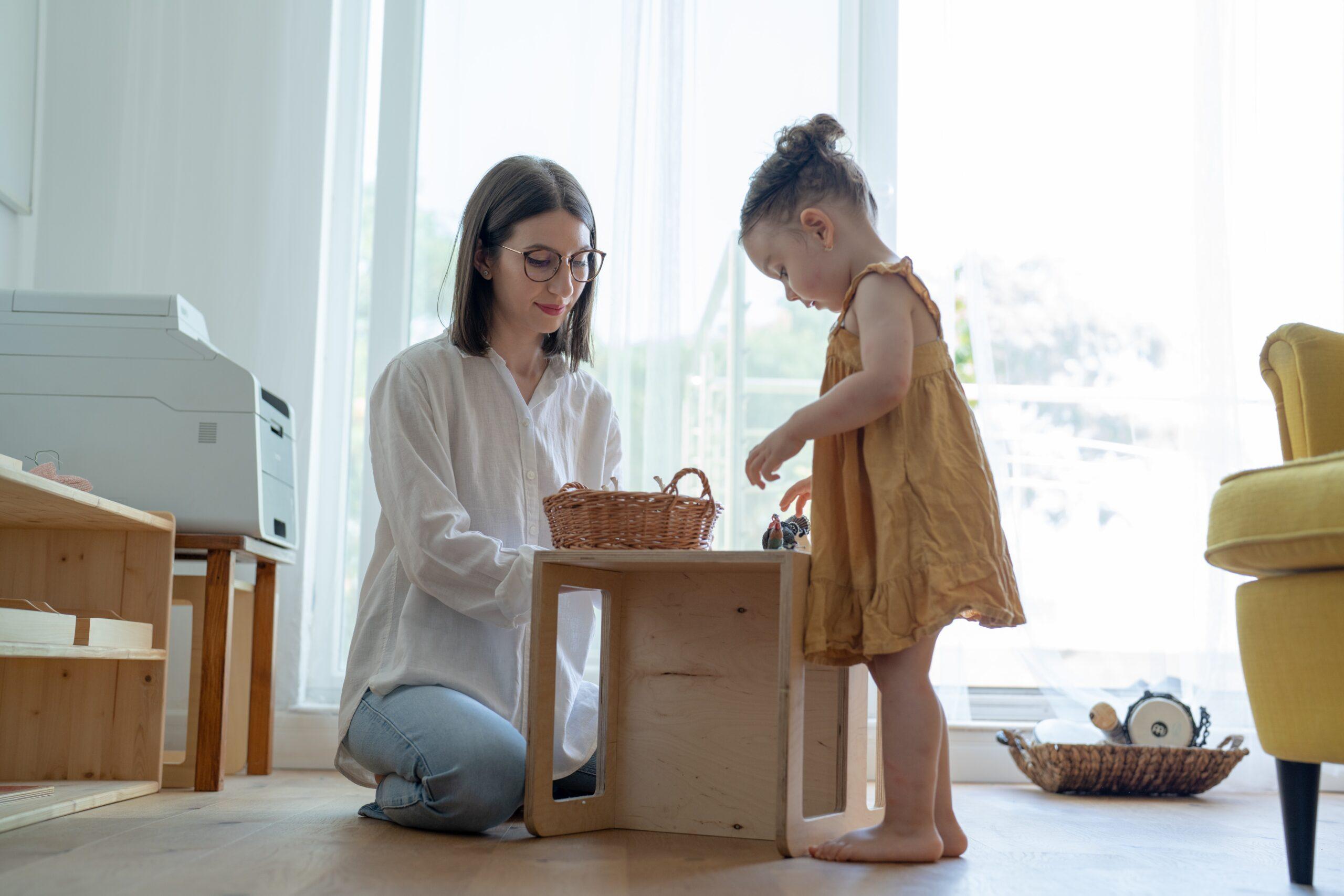Art can be a wonderful, expressive medium for all children. But for children who have language, emotional or neurological challenges, art activities can be especially meaningful. Art opens the lines of communication for kids with limited verbal skills and provides opportunities for tactile development, visual organization, fine motor control and hand-eye coordination. Producing a vibrant, tangible product fosters children’s self-esteem. And, many children who experience cognitive, emotional or other learning challenges are highly gifted artistically and even go on to make a creative living.
Parents can encourage children to explore their artistic potential in many ways. These creative ideas come from art therapists and paraeducators.
Don’t assume that a child has any prior experience with art.
Some children may relate only to realistic, photographic images and need instruction when working with illustration and abstract images. Begin introducing your child to drawing by taping a clear laminate piece over a photograph and having your youngster trace it, using a felt pen that wipes off easily. This helps children learn about edges, shapes and concrete objects, while enabling kids to be successful with the finished tracing.
Joint drawings can encourage a child to add detail that he might not think of on his own.
You as the adult might start a drawing, such as of a house. Then you and your child can take turns adding details like a door, a chimney, a mailbox, a bike in the driveway, windows, grass, flowers and clouds. Continue the collaborative drawing as long as your child maintains interest. Then come back to the artwork another day and add further details. Pair verbal language with each detail as it’s drawn. For instance say, “mom makes fires with the chimney” while you draw the structure. Practice spelling and pronouns, and let a child’s imagination soar during each drawing and learning session. The educational options are endless.
Provide a model to help a child draw something specific.
Sometimes children benefit from guidance in terms of depicting realistic imagery. “When a fabric mural was being created with an artist-in-residence, my student was to choose an animal to depict,” says art therapist/paraeducator Lucy Courtney. “He had a picture of the real animal he chose, but still his drawing was not a recognizable ant. Then I drew the ant as he watched. I left him alone and he drew an ant that looked very much like mine— a believable ant.”
Try step-by-step drawing.
This can be a whole class or playgroup activity with a teacher or parent leading.
Offer different mediums.
One child may like the control and pressure of using colored pencils. Another child may prefer the ease of felt pens— instant color without needing to use pressure. Some enjoy chalk drawing, particularly if you paint an untextured wall with chalkboard/blackboard paint and provide chalk sticks of varying widths and colors. Crayons may be more difficult; it is harder to control the edges of crayons, and pressure is necessary to lend good color to a crayon drawing. Paint is even harder to control and has the complication of the messy factor. Art projects have to be achievable and make sense to a child. Otherwise, the task may get done but with an obvious disconnection, ergo a lack of a benefit.
Allow art to segue into writing.
Daily journal writing was painstaking for one boy in 2nd grade. Each day, he would draw a train car and write the single sentence, “My train is good.” When prodded to write a second sentence, he would add something generic like, “It is cool.” Courtney noticed that while the writing was static, the drawings were taking on increasing detail: Cars became either boxcars or flat cars with added features on the wheels, more cars were added to the train, and people began appearing in the train’s cars. The drawings continued to progress, even as the writing stayed stagnant— until the following year, when the floodgates opened and the child began writing a screenplay!
Art can open the door to communication for children who are nonverbal or otherwise cannot express their feelings.
In one heartbreaking example, a paraeducator worked on a clay project for weeks with a nonverbal boy. The school suspected child abuse by the father, however, couldn’t prove anything. Week after week, the child worked soundlessly away on a sculpture of a dark, gaunt figure. One day, the silence broke. The boy noticed another child watching him and said, “My mom is mean to me.”
Art can provide a visual medium for story creation. Children can be encouraged to create characters and drawings portraying their characters in various situations. Concepts like sequencing and predicting can be taught using these visual representations.
How will your child flourish with art? Enjoy the creative process and watching your child progress.





